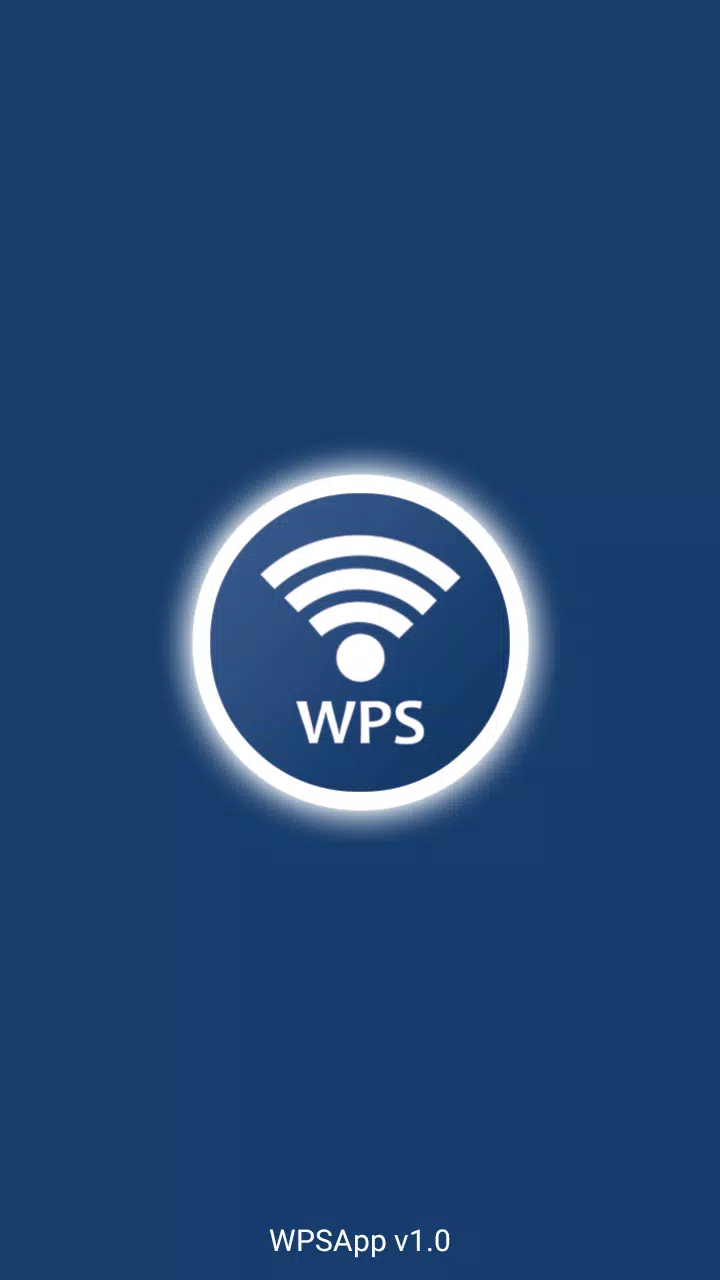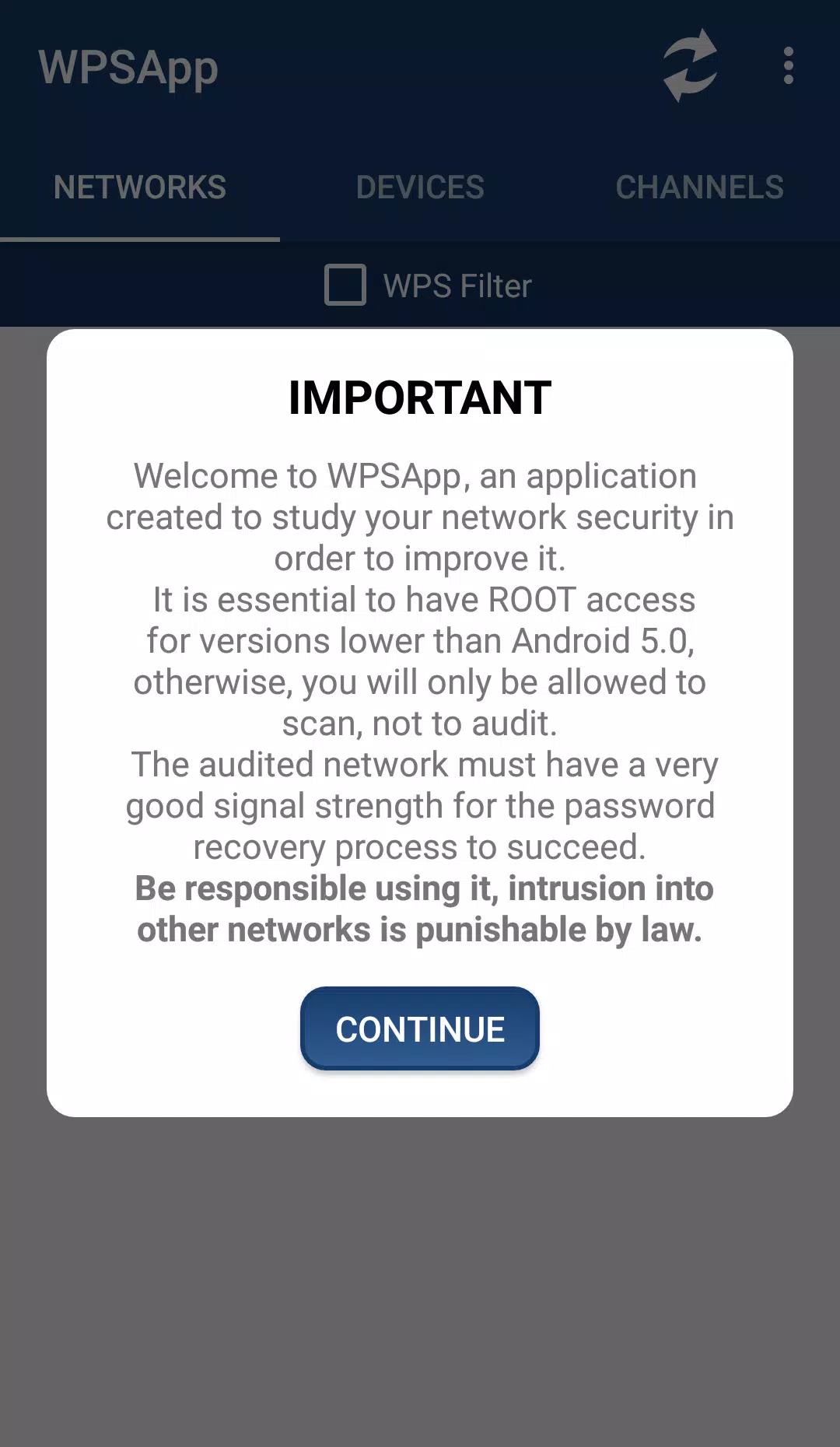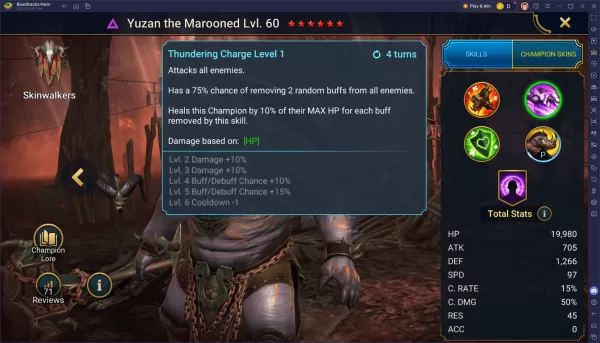In today's interconnected world, securing your WiFi network is crucial. One tool that can help you assess your network's vulnerability is WPSApp, which utilizes the WPS (WiFi Protected Setup) protocol. WPS allows you to connect to a WiFi network using an 8-digit PIN number that is often predefined in the router. However, the issue arises because the PINs of many routers from different manufacturers are known or can be calculated, posing a security risk.
WPSApp leverages these known PINs to attempt connections and determine if your network is susceptible to breaches. The app implements several algorithms for PIN generation and uses some default PINs. It also calculates default keys for certain routers, enables you to view WiFi passwords stored on your device, scans devices connected to your network, and analyzes the quality of WiFi channels.
Using WPSApp is straightforward. When scanning for nearby networks, you'll notice different indicators:
- Networks marked with a red cross are considered "secure." These have the WPS protocol disabled, and the default password is unknown.
- Networks with a question mark have the WPS protocol enabled, but the PIN is unknown. In such cases, the app allows you to test the most common PINs.
- Networks displaying a green tick are likely vulnerable. They have the WPS protocol enabled, and the connection PIN is known. Alternatively, the router might have WPS disabled, but the password is known, which also results in a green tick and allows connection using the key.
To access certain features, such as viewing passwords, connecting on Android 9/10, and using additional functions, you need to be a Root user.
Please note that not all networks are vulnerable, and even if a network appears so in the app, it's not a 100% guarantee of vulnerability. Many companies have updated their router firmware to address these issues. It's advisable to test your own network using WPSApp, and if vulnerabilities are detected, take immediate action to secure it. Disable WPS and change your password to a strong, personalized one.
It's important to emphasize that I am not responsible for any misuse of this app. Unauthorized access to foreign networks is illegal and punishable by law.
From Android 6 (Marshmallow) onwards, granting location permissions is necessary, as it's a new requirement introduced by Google. For more details, refer to Google's documentation.
Some Samsung models encrypt passwords, displaying them as a long series of hexadecimal digits. You may need to seek additional information online or contact the developer for decryption methods.
Additionally, the PIN connection feature does not work on LG models with Android 7 (Nougat) due to issues with LG's proprietary software.
Before rating the app, please take the time to understand how it works. For any proposals, reports of issues, or comments, you can reach out to [email protected].
Acknowledgments go to Zhao Chunsheng, Stefan Viehböck, Justin Oberdorf, Kcdtv, Patcher, Coeman76, Craig, Wifi-Libre, Lampiweb, David Jenne, Alessandro Arias, Sinan Soytürk, Ehab HoOoba, drygdryg, and Daniel Mota de Aguiar Rodrigues for their contributions.
Screenshot











































